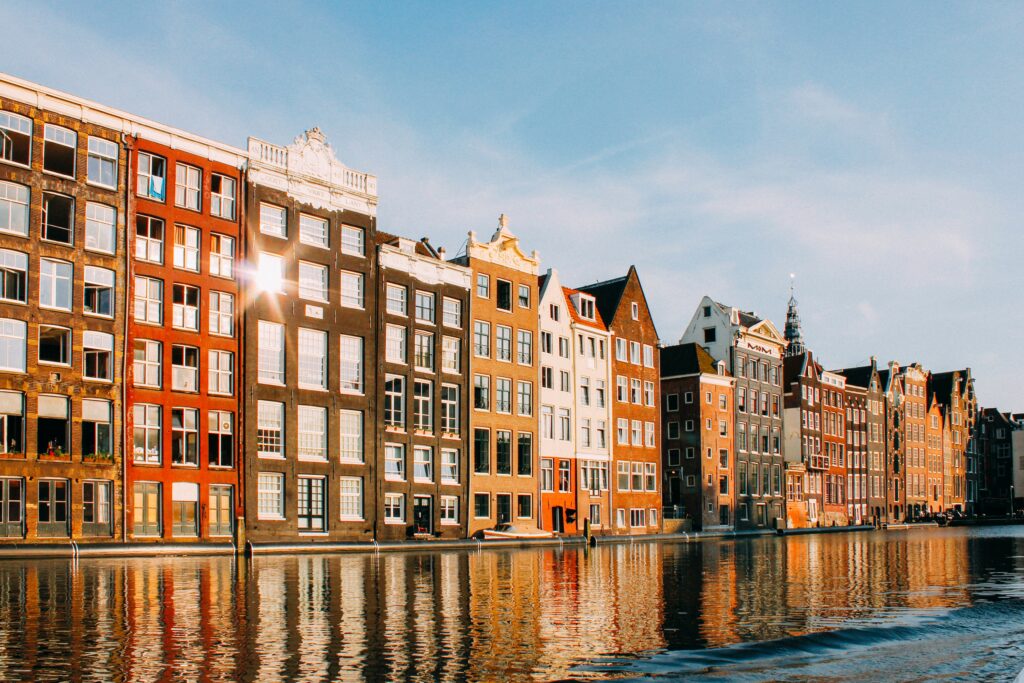Venice could also be at risk due to unprecedented drought in Europe
(Sustainabilityenvironment.com) – It was thought that climate change would force us to come to terms with rising seas, but nature is unpredictable and the recent drought in Europe, unprecedented, has put us in front of ever-changing challenges.
This is the case in the Netherlands and in particular in Amsterdam, where the collapse of groundwater levels has exposed the poles on which much of the city rests, to the attack of fungi. The problem is considerable, just think that over a million Dutch houses are built on wooden poles of this type.
The first to notice was the technicians of the Rijksmuseum in Amsterdam. The recent drought in Europe has sunk the museum by 15 centimeters on one side. The house of great masterpieces by Van Gogh and Rembrandt was also built before 1970 and as a result rests on about 8,000 poles indispensable for support on the swampy terrain of the Netherlands.
A 100 billion euro solution
Intervening in cases like this is precision work, which not everyone is able to cope with. According to Peter Boelhouwer, professor of housing systems at the Delft University of Technology, addressing the problem will cost up to 100 billion euros.
The first to intervene to save the museum Rijksmuseum are the hydrologists and engineers of the company Dareius. Fungi “are really slow and silent killers,” said Dareius engineer Maarten Kuiper in a recent interview with Bloomberg. Feeding on oxygen, fungi “literally eat wooden poles“, causing buildings to lose stability.
Having spent centuries learning to “keep the sea out” of the city, the Dutch are now studying how to block it. The intervention involves the infiltration of water into the foundations of the museum to prevent the soil from drying out too much, checking the levels every hour.
Read also Drought in Europe: what happens when climate change “inflates” the Azores High?
The same system will have to be applied also to the dwellings, if the risk of seeing them sink in less than 10 years is not wanted, Kuiper continues.
The government is working to create a special fund for this unusual emergency. But the problem is still limited to the identification of damages, which in many cases and for these all private owners, are for the moment invisible.
Although Amsterdam is the first city to have identified the problem, the effect of the drought in Europe may have already attacked many other cities such as Venice, Gothenburg or other places in Sweden. That is why it is essential to identify an intervention strategy as soon as possible. “The Netherlands is a country where water knowledge and management has always been a very important export product,” said Jaap Estié, president of the Dutch Foundation Builders’ Association. “If we gather knowledge here, we could help other parts of the world facing similar problems”.

